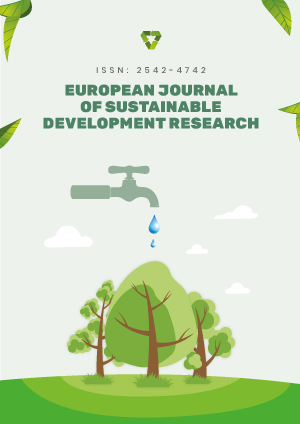Abstract
This study presents a comprehensive analysis of global methane (CH4) emissions using advanced data exploration and machine learning techniques, with an emphasis on identifying key sectoral contributors, geographic emission hotspots, and the performance of mitigation technologies. Employing methods such as random forest regression, geospatial mapping, and multi-dimensional visual analytics, the research highlights the energy sector’s dominant role in methane output and reveals detailed emission patterns across U.S. states. The analytical framework includes time-series feature engineering, synthetic data augmentation for localized insights, and 3D surface modeling to examine the relationships between energy production levels, temporal trends, and emission intensities. The results provide actionable insights for policymakers by identifying critical points of intervention and advocating for the integration of artificial intelligence-driven exhaust after-treatment systems to reduce methane emissions. This work offers a scalable, reproducible approach for environmental monitoring and supports global decarbonization efforts in line with U.S. clean energy objectives. The random forest model used in this study achieved a mean absolute error of 2.71 and an R² score of 0.81, demonstrating strong predictive accuracy for methane emissions trends based on regional and sectoral data.
License
This is an open access article distributed under the Creative Commons Attribution License which permits unrestricted use, distribution, and reproduction in any medium, provided the original work is properly cited.
Article Type: Review Article
EUR J SUSTAIN DEV RES, Volume 10, Issue 1, 2026, Article No: em0345
https://doi.org/10.29333/ejosdr/17282
Publication date: 01 Jan 2026
Online publication date: 14 Oct 2025
Article Views: 933
Article Downloads: 1060
Open Access References How to cite this article
 Full Text (PDF)
Full Text (PDF)